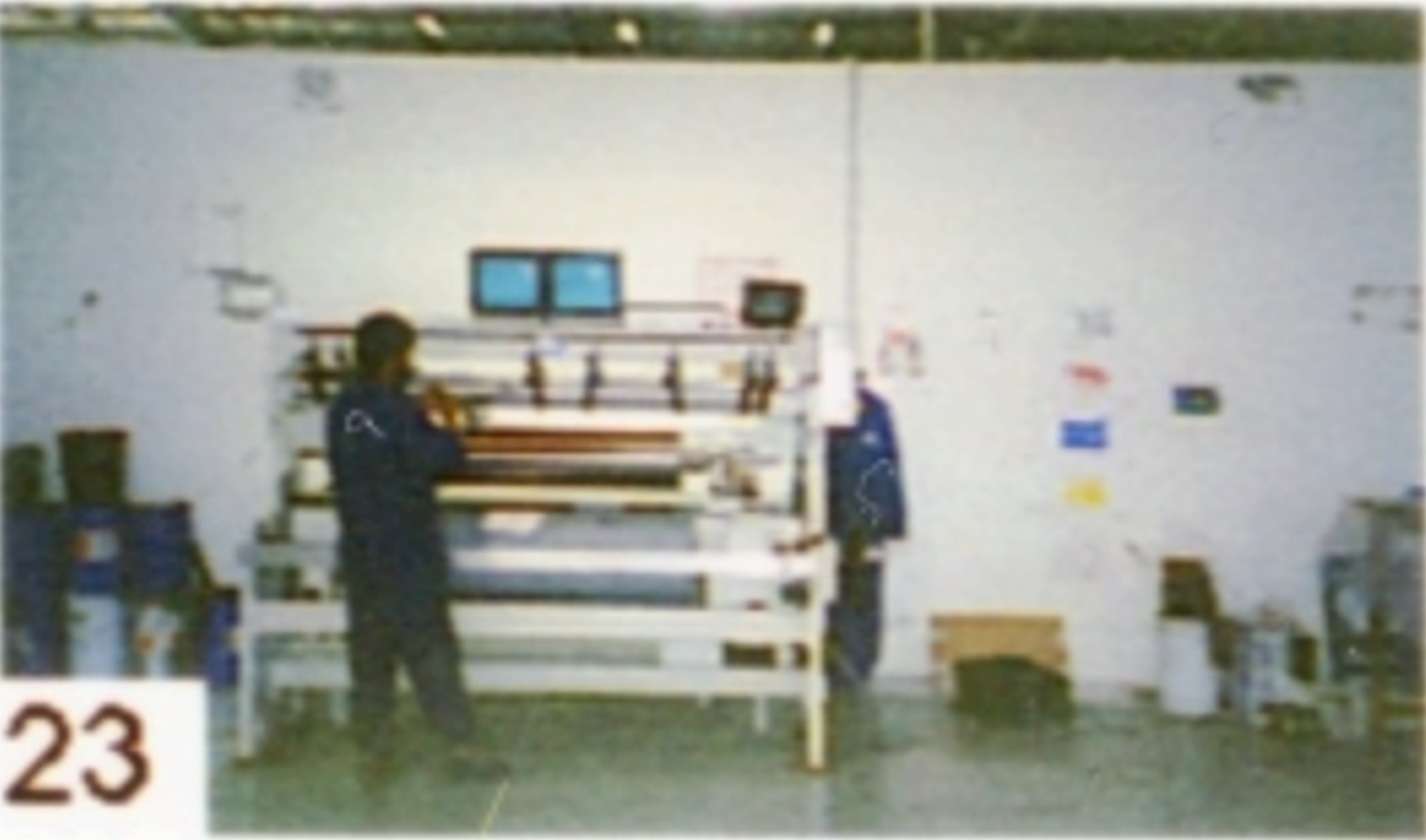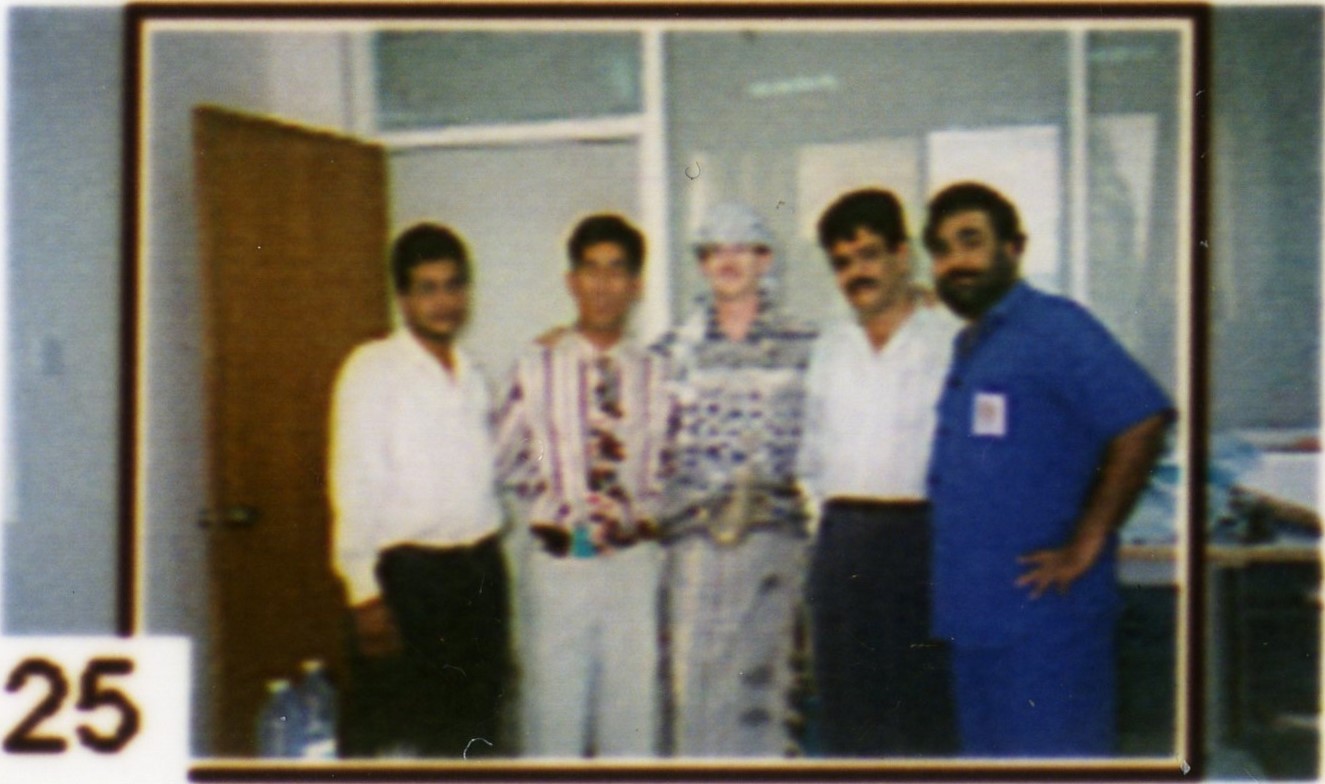"When I got there in 1997, there was already an Al Qaeda presence.
We knew about it. The Yemenis knew about it. Everyone knew about it.
Numbers always impossible to know, but these people were primarily foreign nationals. One of the best ways to describe the presence is that they were largely warehousing lower-level people in peripheral areas." - Barbara Bodine, US Ambassador to Yemen (1997-01)
We knew about it. The Yemenis knew about it. Everyone knew about it.
Numbers always impossible to know, but these people were primarily foreign nationals. One of the best ways to describe the presence is that they were largely warehousing lower-level people in peripheral areas." - Barbara Bodine, US Ambassador to Yemen (1997-01)
“I worked right there with these al-Qaeda operatives and heard these arguments firsthand many times, especially during an assignment in [1990s] Yemen.” - Billy Waugh, CIA contractor.
A recording of CIA director George Tenet begging a Yemeni government official to release an Al Qaeda suspect they'd arrested. Tenet said of the Al Qaeda suspect:
"this is my person, my problem, my issue"
"this is my person, my problem, my issue"

×
![]()























